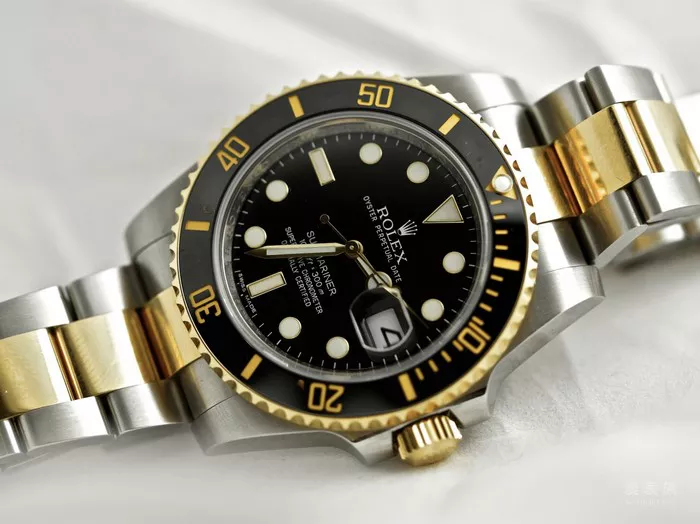Rolex, the iconic Swiss luxury watch brand, has long been synonymous with prestige, craftsmanship, and exclusivity. However, in recent years, the demand for Rolex watches has surged to unprecedented levels, leading to a shortage of supply in the market. Watch enthusiasts and collectors around the world have been left wondering: Why is there a Rolex shortage? In this article, we will explore the factors contributing to the Rolex shortage phenomenon, from increased demand to production constraints, and offer insights into the future of the luxury watch market.
Understanding the Phenomenon
Unprecedented Demand:
One of the primary factors driving the Rolex shortage is the surge in demand for the brand’s timepieces. Rolex watches have long been coveted by collectors and enthusiasts for their timeless design, precision engineering, and status symbol appeal. However, in recent years, the popularity of Rolex watches has skyrocketed, fueled by growing wealth in emerging markets, increased interest from younger consumers, and a resurgence of interest in luxury goods.
Limited Production Capacity:
Despite the surge in demand, Rolex has maintained a deliberate approach to production, limiting the number of watches it produces each year to maintain exclusivity and uphold its reputation for quality and craftsmanship. Rolex watches are meticulously handcrafted by skilled artisans, and the brand prioritizes quality over quantity, resulting in limited production capacity compared to mass-market watch brands.
Complex Manufacturing Process:
The production of Rolex watches involves a highly complex and time-consuming manufacturing process, from sourcing and machining raw materials to assembling and testing the final timepieces. Each Rolex watch is crafted to exacting standards, with multiple quality control checks at every stage of production to ensure flawless performance and precision.
Exclusivity and Brand Image:
Rolex has cultivated a reputation as one of the world’s most prestigious and exclusive luxury watch brands, and scarcity plays a crucial role in maintaining this image. By limiting the availability of its watches and carefully managing distribution channels, Rolex creates a sense of exclusivity and desirability among consumers, driving demand even higher.
Factors Contributing to the Rolex Shortage
Pandemic Disruptions:
The COVID-19 pandemic has disrupted global supply chains and manufacturing operations across industries, including the luxury watch sector. Rolex temporarily suspended production at its manufacturing facilities in Switzerland during the height of the pandemic, leading to delays in production and distribution.
Supply Chain Challenges:
Rolex relies on a network of suppliers and artisans to source raw materials, components, and skilled labor for its watchmaking process. Disruptions in the global supply chain, including shortages of key materials such as gold, stainless steel, and sapphire crystals, have impacted production capacity and contributed to the Rolex shortage.
Increased Interest from Investors:
In addition to watch enthusiasts and collectors, Rolex watches have attracted interest from investors seeking alternative assets with strong potential for appreciation. Limited edition and rare Rolex models, such as the Daytona “Paul Newman” or the Submariner “Hulk,” have become highly sought-after among investors, further driving up demand and exacerbating the shortage.
Grey Market Activity:
The shortage of Rolex watches in the primary retail market has led to increased activity in the secondary market, also known as the grey market. Grey market dealers and resellers purchase Rolex watches at retail prices and resell them at a premium, taking advantage of the scarcity of certain models and driving up prices even further.
Conclusion
In conclusion, the Rolex shortage can be attributed to a combination of factors, including unprecedented demand, limited production capacity, pandemic disruptions, supply chain challenges, increased interest from investors, and grey market activity. While Rolex continues to prioritize quality and exclusivity in its watchmaking process, the brand faces ongoing challenges in meeting the soaring demand for its timepieces. As the luxury watch market continues to evolve, it remains to be seen how Rolex will adapt to the changing landscape and maintain its position as one of the world’s most prestigious and sought-after watch brands.

